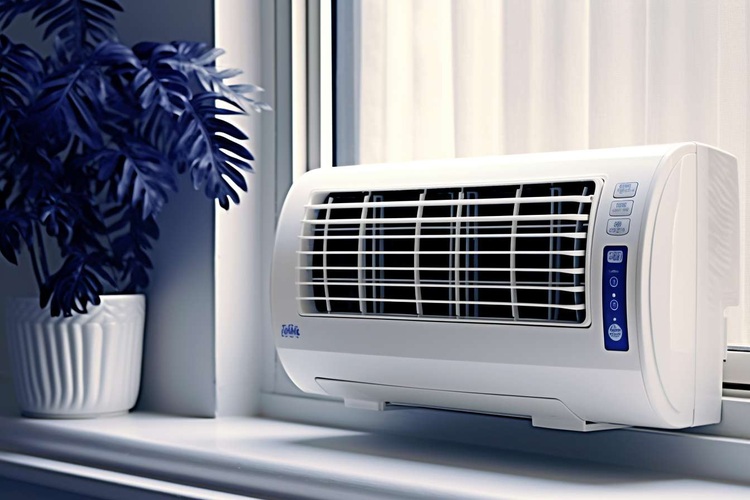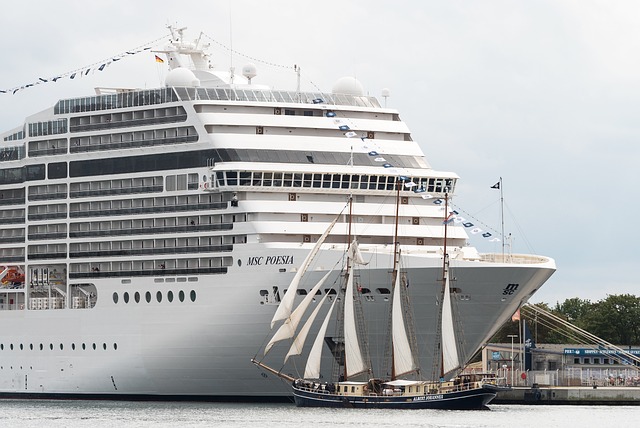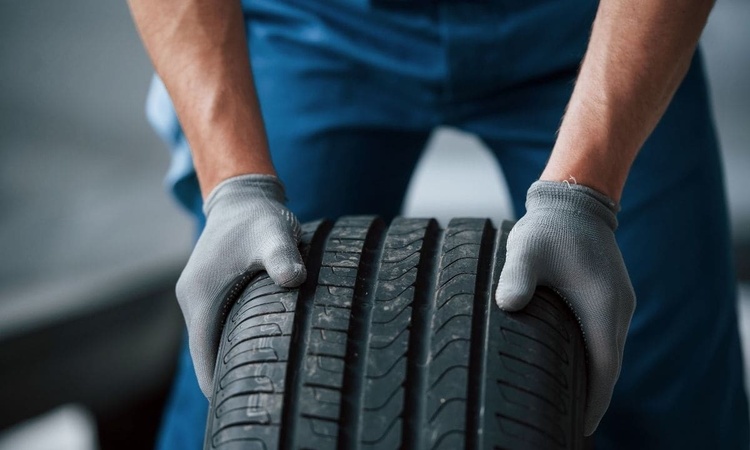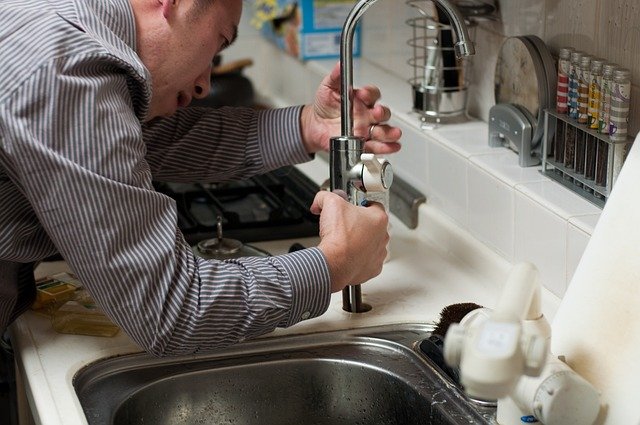Portable air conditioner options for home summer cooling
A portable air conditioner can offer flexible cooling in rooms where a fixed system is impractical or when temporary relief is needed during hot months. These units vary in capacity, exhaust setup and power use, so understanding how they work and how they fit into your living space helps you choose and operate them efficiently for a comfortable home environment.

What is an air conditioner?
An air conditioner is a device that removes heat from indoor air and transfers it outdoors, lowering room temperature and reducing humidity. In residential settings, systems range from central units to window models and portable machines. Portable air conditioners contain a refrigeration cycle and a fan in a self-contained cabinet, and typically require an exhaust hose to vent warm air through a window or another opening. Knowing the basic components—compressor, condenser, evaporator and expansion device—helps explain why sizing and ventilation matter for performance.
Many portable units also include modes such as dehumidify, fan-only and programmable timers. Their mobility makes them suitable for renters or for spot-cooling individual rooms, but they usually have lower efficiency compared with split or central systems and can produce noticeable noise during operation.
Why choose a portable unit for home?
Choosing a portable unit for home use often comes down to flexibility and minimal installation. These units can be moved between rooms, require no permanent mounting, and typically only need a standard power outlet plus a window or wall opening for the exhaust hose. For people who cannot modify their property or who need temporary cooling for seasonal use, a portable air conditioner can be a practical option.
Consider the room size, insulation quality and typical summer temperatures in your area when evaluating whether a portable unit will meet your needs. While convenient, portable models are best for single-room applications; using them to cool multiple connected spaces usually results in uneven cooling and higher running times.
How does portable cooling work?
Portable cooling operates on the same refrigeration principles as other air conditioners: warm indoor air is drawn over cold evaporator coils where heat and moisture are removed, then the cooled air is circulated back into the room. The absorbed heat is expelled outdoors through the condenser and exhaust hose. Some single-hose portable designs draw indoor air to cool the condenser, which can reduce efficiency; dual-hose units bring outside air to the condenser and perform better in many scenarios.
Energy use varies by capacity (measured in BTUs or kW), efficiency ratings and set temperature. Running a portable unit at a moderate thermostat setting, sealing drafts and using fans for air circulation can improve perceived comfort while reducing energy consumption.
Where to place a portable air conditioner at home?
Placement affects both performance and convenience. Position the unit near a window or vent opening for the exhaust hose and avoid sharp bends or long hose runs that restrict airflow. Place the unit on a flat, stable surface and allow a few inches of clearance around it for proper intake and exhaust. Avoid placing it directly against curtains, fabrics or furniture that could block airflow or create overheating risks.
If the room has high ceilings, consider supplemental circulation with ceiling or pedestal fans to distribute cooled air more evenly. For rooms with multiple heat sources (appliances, electronics or direct sunlight), shading windows and improving insulation will reduce the cooling load and help the portable air conditioner maintain comfortable temperatures.
How to use portable units in summer?
During summer, combine sensible settings and household measures to maximize comfort and efficiency. Set the thermostat to a steady, comfortable temperature rather than continually lowering it; use fan or dehumidify modes when full cooling isn’t required. Close blinds during the hottest parts of the day, limit heat-generating activities (like oven use) in the afternoon, and ensure doors between cooled and uncooled areas remain closed.
Regular maintenance also matters: clean or replace air filters as recommended, check the exhaust hose and seals for leaks, and follow manufacturer guidance for condensate handling—some units use internal tanks that require emptying while others offer continuous drainage. Proper care helps sustain performance across the peak summer months and can extend the unit’s service life.
Conclusion
Portable air conditioners provide a flexible, lower-commitment way to cool individual rooms during summer, especially in rental homes or for spot-cooling needs. Understanding how they operate, selecting the right capacity, ensuring correct placement and following maintenance guidelines will help you achieve effective cooling while managing energy use and comfort.






